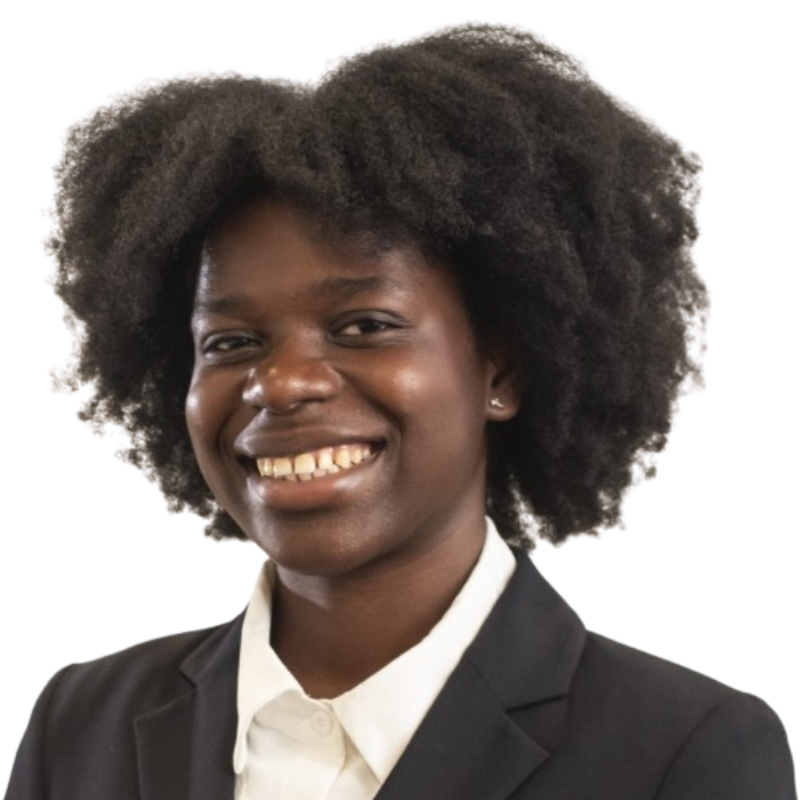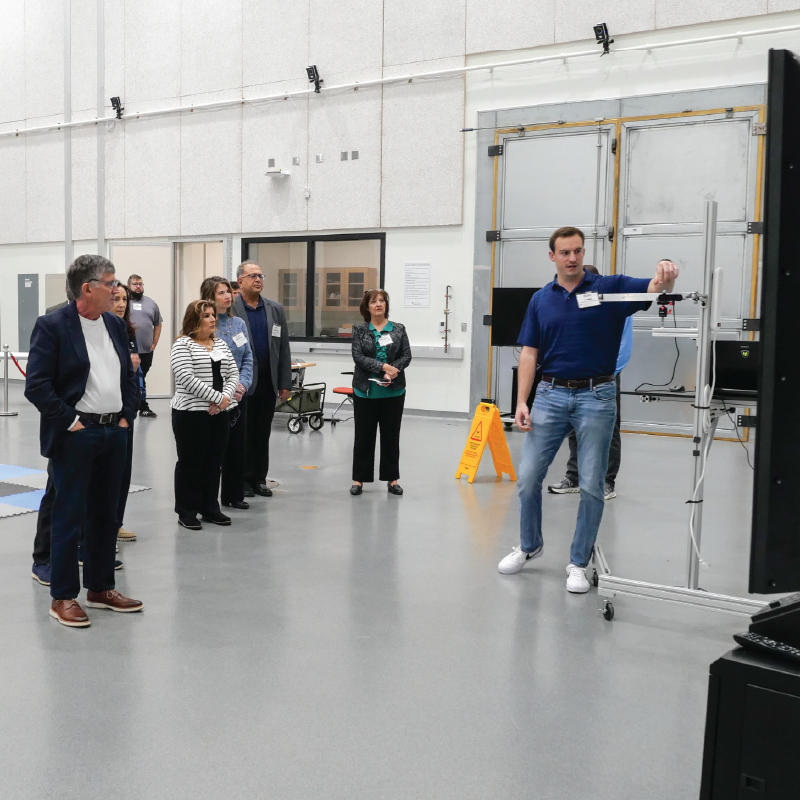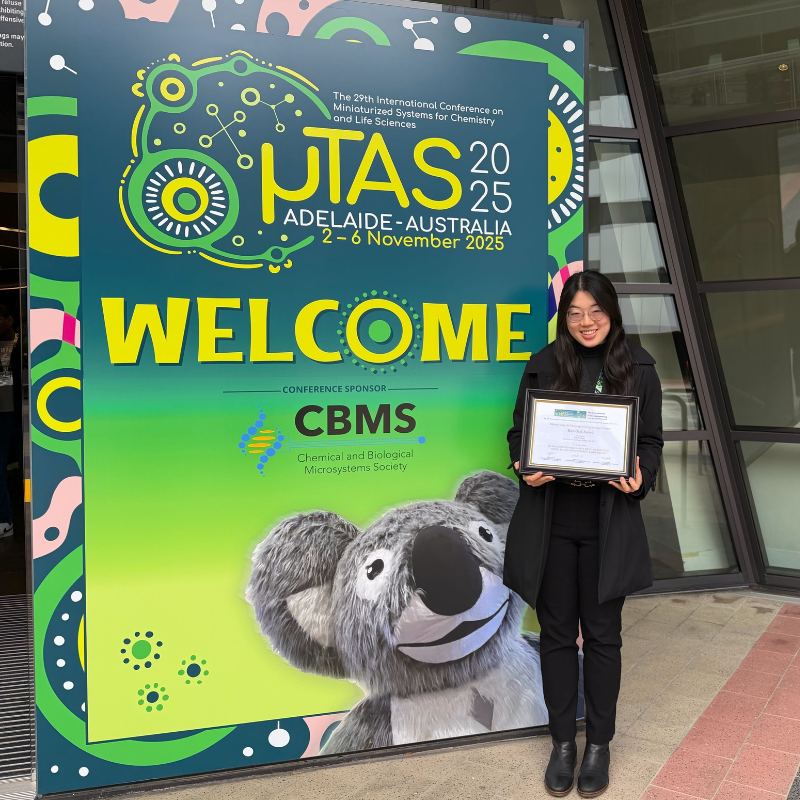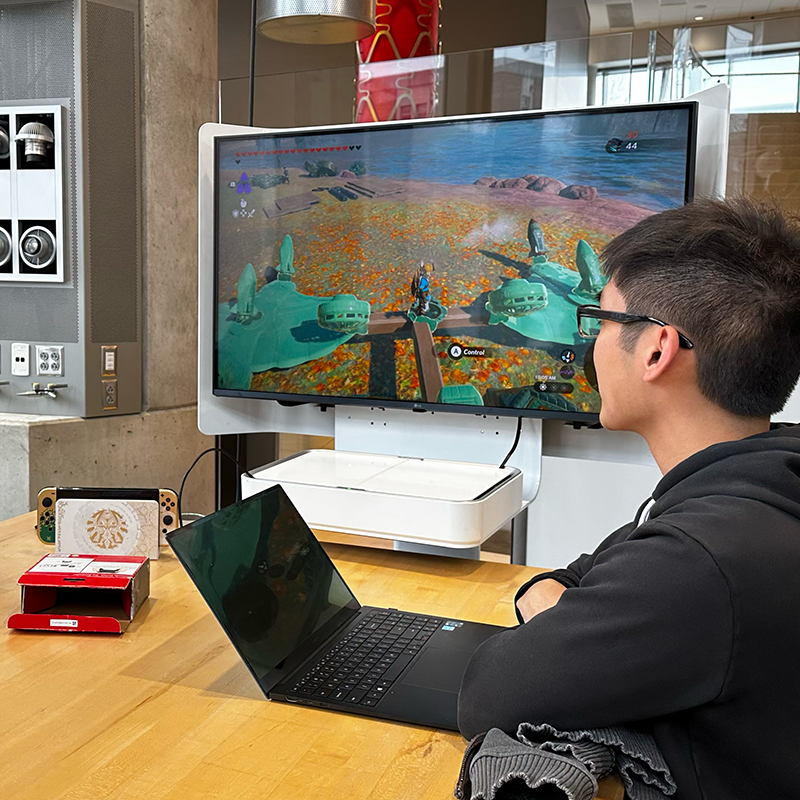News Story
Sochol Named “Rising Star” in Advanced Materials Technologies

Associate Professor Ryan Sochol (mechanical engineering) has been named a “Rising Star” by Advanced Material Technologies.
Mechanical Engineering Associate Professor Ryan D. Sochol has been honored as an inaugural “Rising Star” in the latest issue of Advanced Materials Technologies.
For the first time, the Editorial Board of Advanced Materials Technologies has invited a select number of early career researchers from around the world to contribute to the “Rising Stars” series, which features a collection of outstanding research articles and helps drive the impact that these individuals will have on expanding and reshaping the scientific landscape in their respective fields.
Sochol’s “Rising Star” research article–highlighted on the inside front cover of the issue–introduces a three-dimensional (3D) printing approach for building new classes of microneedle arrays that are beneficial for delivering therapies into the brain.
The breakthrough represents an especially interdisciplinary effort, involving not only Sochol’s Bioinspired Advanced Manufacturing (BAM) Lab as well as the groups of Mechanical Engineering Assistant Professor Eleonora Tubaldi and Chemical & Biomolecular Engineering Professor Peter Kofinas within the A. James Clark School of Engineering, but also neurosurgeons and medical researchers at the University of Maryland School of Medicine (UMSOM) including Dr. Piotr Walczak, Dr. Miroslaw Janowski, and Dr. Yajie Liang.
To demonstrate the technology, the team used their 3D-printed microneedle arrays to inject fluidic payloads directly into mouse brains. The results revealed significant improvements for the injection distributions and coverage areas in the brains compared to current clinical needles, providing a new route to potential treatments of neurological conditions ranging from stroke and traumatic brain injury to Alzheimer’s Disease, Parkinson’s Disease, and Amyotrophic Lateral Sclerosis (ALS).
Dr. Sunandita Sarker–a Maryland Robotics Center (MRC) Postdoctoral Fellow in Sochol and Tubaldi’s groups–is lead author of the article, which builds on the team’s earlier work that led to them receiving the “Springer Nature Best Paper Award - Runner-Up” in 2022.
Sarker's oral presentation at the 2022 Hilton Head Workshop featuring preliminary results for 3D printing the microneedle arrays and delivering fluidic payloads into a mouse brain.
“One of the powerful advantages of our 3D printing approach is the ability to customize the microneedle designs with high versatility,” says Sarker, “allowing us to print microneedle arrays that are several millimeters in length to enable, for example, medical applications in humans.”
Sarker is not alone in this enthusiasm as the team is currently partnering with SeeTrue Technology, LLC.–a microinjection needle company–to someday bring the new approach to market, such as to enhance the efficacy of gene and stem cell therapy.
“Like this case for microneedles, the critical barrier to many biomedical applications is too often a manufacturing one,” says Sochol, “so we are excited to continue working with those in the medical community to identify these challenges and address them through new advanced manufacturing strategies to ultimately promote human health and well-being.”
The work builds on Sochol’s collaboration with the UMSOM’s Department of Diagnostic Radiology and Nuclear Medicine, including their efforts developing 3D-nanoprinted soft robotic neurosurgical tools through a recently awarded $2.7 million grant from the National Institutes of Health (NIH).
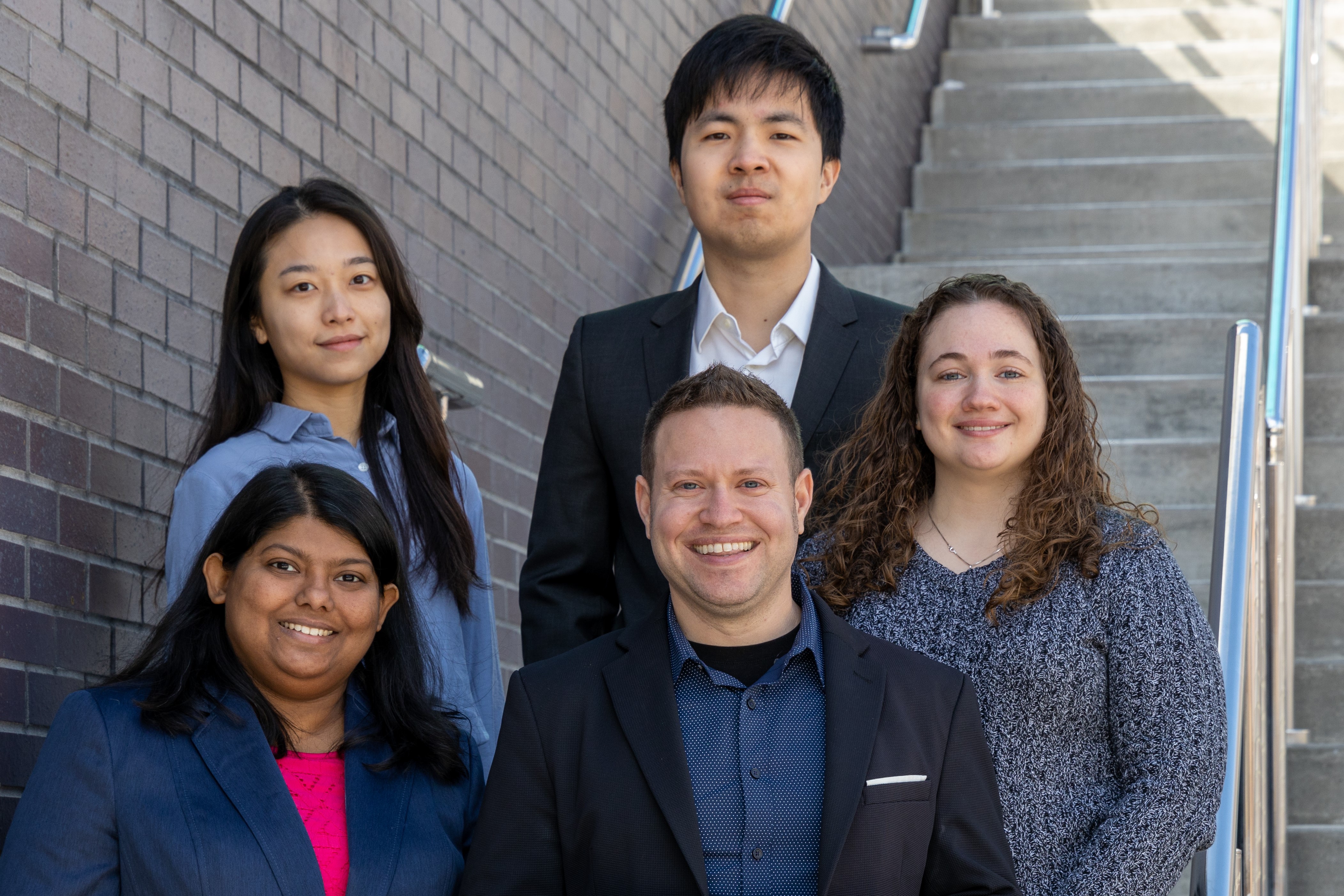
Sochol (center) with co-authors of the article from his group. From left: MRC Postdoctoral Fellow Sunandita Sarker, Doctoral Student Xin “Pannie” Xu, Doctoral Student Ziteng “Jack” Wen, Clark Doctoral Fellow and Microsoft Diversity in Robotics & Autonomy Fellow Adira Colton.
The accolade follows a number of recent honors for Sochol and his group, with Sochol receiving the Journal of Micromechanics and Microengineering’s inaugural “Early Career Award” in 2021 and the National Science Foundation (NSF) “CAREER Award” in 2020. In addition to the aforementioned “Best Paper Award” in 2022, Sochol’s BAM Lab received the International Micro Electro Mechanical Systems (MEMS) Conference’s “Outstanding Paper Award” in both 2021 and 2019.
Sochol’s group published two papers in Advanced Materials Technologies in 2021, including a “Mighty Morphing 3D Printing” nozzle–featured as a frontispiece–and work on nanoprinting 3D microelectronics–featured on the inside front cover. Sochol and his BAM Lab made international headlines the same year when they beat the first level of Nintendo’s Super Mario Bros. using a 3D-printed soft robotic hand in work featured on the front cover of Science Advances.
A member of the UMD mechanical engineering faculty since 2015, Sochol was promoted to associate professor with tenure in 2022. He earned his bachelors at Northwestern University, his master’s and doctorate at the University of California, Berkeley, and held postdoctoral positions at the Harvard-MIT Division of Health Sciences & Technology and Harvard Medical School prior to joining UMD.
Journal Reference:
Sunandita Sarker, Adira Colton, Ziteng Wen, Xin Xu, Metecan Erdi, Anthony Jones, Peter Kofinas, Eleonora Tubaldi, Piotr Walczak, Miroslaw Janowski, Yajie Liang, and Ryan D. Sochol, “3D-Printed Microinjection Needle Arrays via a Hybrid DLP-Direct Laser Writing Strategy”, Advanced Materials Technologies, 2023; 8 (5): 2201641 DOI: 10.1002/admt.202201641
This research was supported by UMD’s Center for Engineering Concepts Development as well as the U.S. NIH (1R01EB033354-01, 1R03NS123733-01, 1R21AG077631-01, 1R03NS128459-01, 1R01EB019963, and F31DK129021), the Maryland Stem Cell Research Fund 2022-MSCRFL-5893, and U.S. NSF Award 1943356.
Published March 10, 2023


